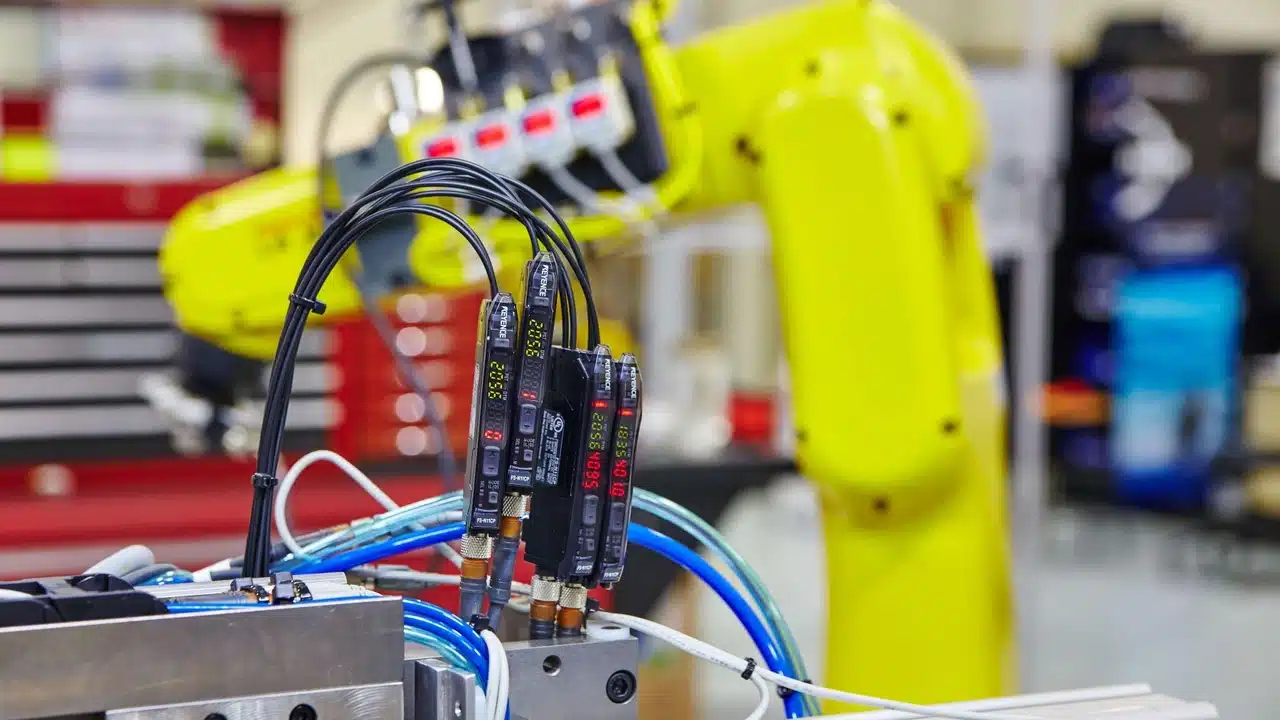KOMMENTAR
As Internet of Things (IoT) andoperational technology (OT) devices proliferate across critical infrastructure, manufacturing, healthcare, and other sectors, they bring with them unique and significant security challenges. These devices are increasingly woven into the fabric of everyday business operations, making them essential, yet difficult to secure. While vulnerability management is a well-understood practice in traditional IT environments, IoT and OT introduce complexities that render many of these traditional practices less effective, if not completely obsolete. Here are some of the key challenges, along with strategies for tackling them.
1. Device Diversity and Legacy Systems
IoT and OT environments consist of an eclectic mix of devices that vary greatly in age, functionality, and design. For example, a manufacturing plant might have sensors and controllers that are 20 years old sitting alongside cutting-edge IoT devices. Each device often has a unique operating system and set of protocols, which complicates vulnerability assessments and patch management. Furthermore, many of these legacy systems were designed without security in mind, and their manufacturers may no longer support them.
Solution: Given the heterogeneous nature of these devices, it’s crucial to take a risk-based approach. Prioritize the most critical systems and those with the highest vulnerability impact. In some cases, implementing compensating controls, such as network segmentation or increased monitoring, can mitigate risks when patching is not an option.
2. Resource Constraints and Limited Patching Options
Unlike IT systems, many IoT and OT devices have limited processing power, memory, and storage, which makes it challenging to run security software or apply frequent updates. Additionally, many OT devices can’t be easily patched or updated without downtime, which can be costly in critical industries like healthcare or manufacturing.
Solution: To mitigate the limitations of patching, consider adopting lightweight vulnerability scanning tools that are specifically designed for IoT and OT environments. Moreover, focus on securing device access by implementing strict authentication controls and isolating critical devices in dedicated network segments.
3. Operational Disruption and Downtime
The need to keep OT systems operational 24/7 is often at odds with the requirements of effective vulnerability management. For instance, in a power plant or factory, even a brief downtime for patching could result in significant financial losses and potential safety risks.
Solution: Careful planning and collaboration between IT and OT teams are essential to manage these trade-offs. Schedule updates and vulnerability scans during maintenance windows and consider redundancy strategies to minimize impact. Additionally, organizations can implement patch-testing in lab environments to ensure compatibility before deploying to production.
4. Inadequate Security Protocols and Access Controls
Many IoT and OT devices lack robust security protocols, making them prime targets for attackers. For example, default passwords and insecure network protocols are common in legacy OT systems, and many IoT devices lack strong encryption or authentication mechanisms. This lack of security leads to increased risk of unauthorized access and exploitation.
Solution: Start by enforcing strict access control policies, such as unique credentials and multifactor authentication. Implementing network segmentation to isolate vulnerable devices from other parts of the network can further limit exposure. Adopting a zero-trust model for IoT and OT environments can also help mitigate the risks associated with inadequate authentication and access controls.
5. Limited Security Visibility
Gaining visibility into IoT and OT environments is challenging, due to their complex and often isolated nature. Many traditional IT security tools are not equipped to monitor these environments effectively, leaving security teams with blind spots that attackers can exploit.
Solution: Organizations should invest in IoT/OT-specific monitoring and security solutions. These tools can provide real-time alerts on suspicious activity and give security teams the visibility they need to identify potential vulnerabilities. Integrating these solutions with security information and event management (SIEM) systems can also help provide a comprehensive view of the entire network.
Schlussfolgerung
Vulnerability management in IoT and OT environments is not a simple matter of applying traditional IT security practices. These devices require tailored approaches that take into account their unique constraints and critical roles. By adopting a risk-based approach, enforcing strict access controls, and investing in specialized monitoring tools, organizations can begin to address these challenges effectively. While IoT and OT environments may not achieve the same level of security as traditional IT systems, these strategies can help reduce risk and build a more resilient security posture.
Managing vulnerabilities in IoT and OT is a complex but increasingly necessary task. By understanding the unique challenges and implementing targeted solutions, organizations can safeguard these critical assets against evolving cyber threats. After all, security isn’t just about what you protect, but how you adapt your strategies to the changing landscape.




